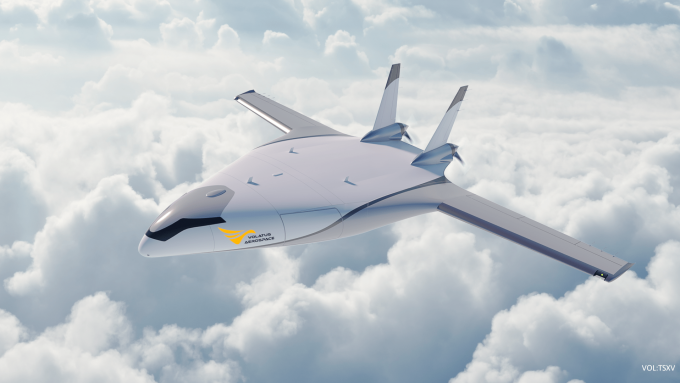Fitch Ratings: Boeing recovery supports suppliers, airlines & EETC issuances
Fitch Wire Boeing Recovery Supports Suppliers, Airlines, & EETC Issuances Thu 26 Jun, 2025 – 11:00 ET Fitch ...

Drone technology is fast developing into a scalable and rapid delivery system. The latest technological advance coming out of the US is the first Natilus 3.8T autonomous aircraft, with the first production delivery spot secured by Volatus Aerospace.
Up to now the drone designs have had relatively ...

Comment on this article